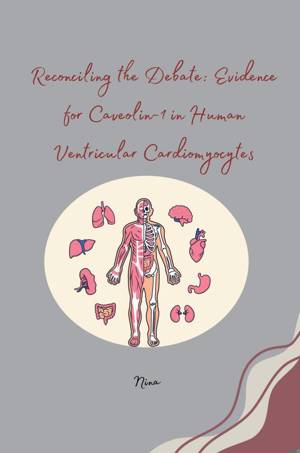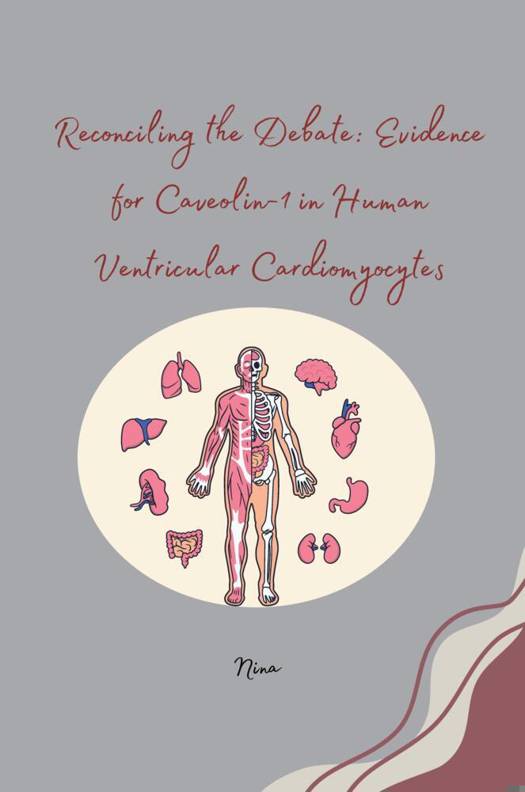
- Afhalen na 1 uur in een winkel met voorraad
- Gratis thuislevering in België vanaf € 30
- Ruim aanbod met 7 miljoen producten
- Afhalen na 1 uur in een winkel met voorraad
- Gratis thuislevering in België vanaf € 30
- Ruim aanbod met 7 miljoen producten
Zoeken
Reconciling the Debate
Evidence for Caveolin-1 in Human Ventricular Cardiomyocytes
Nina
Paperback | Engels
€ 28,45
+ 56 punten
Omschrijving
plasma membrane as a protective mechanism.29 In the heart, a high density of caveolae have been shown at the plasma membrane, increasing the surface area up to 2-fold.22,30,31,32 Indeed, disruption of caveolar biogenesis in cardiac muscles can lead to cell damage and compensatory hypertrophy.33 Caveolae exist as single pits with a characteristic omega-shaped structure at the cell surface,22 while association of multiple caveolae was proposed to contribute to T-tubules biogenesis in postnatal muscle cells5, or to multi-lobed caveolar structures called rosettes34. CAV3 knock-out in mice resulted in a complete loss of caveolae and decreased T-tubule density.35 It was proposed, that the actin cytoskeleton regulates the organization of caveolae such that actin polymerization increases caveolae abundance.36 Furthermore, the actin cytoskeleton was proposed to be involved in caveolae endocytosis and recycling.37,38 The association of caveolae with actin filaments was documented by electron microscopy in fibroblasts39, epithelial cells40 and muscle cells29.
Specificaties
Betrokkenen
- Auteur(s):
- Uitgeverij:
Inhoud
- Aantal bladzijden:
- 132
- Taal:
- Engels
Eigenschappen
- Productcode (EAN):
- 9783384256430
- Verschijningsdatum:
- 10/06/2024
- Uitvoering:
- Paperback
- Formaat:
- Trade paperback (VS)
- Afmetingen:
- 152 mm x 229 mm
- Gewicht:
- 204 g

Alleen bij Standaard Boekhandel
+ 56 punten op je klantenkaart van Standaard Boekhandel
Beoordelingen
We publiceren alleen reviews die voldoen aan de voorwaarden voor reviews. Bekijk onze voorwaarden voor reviews.











